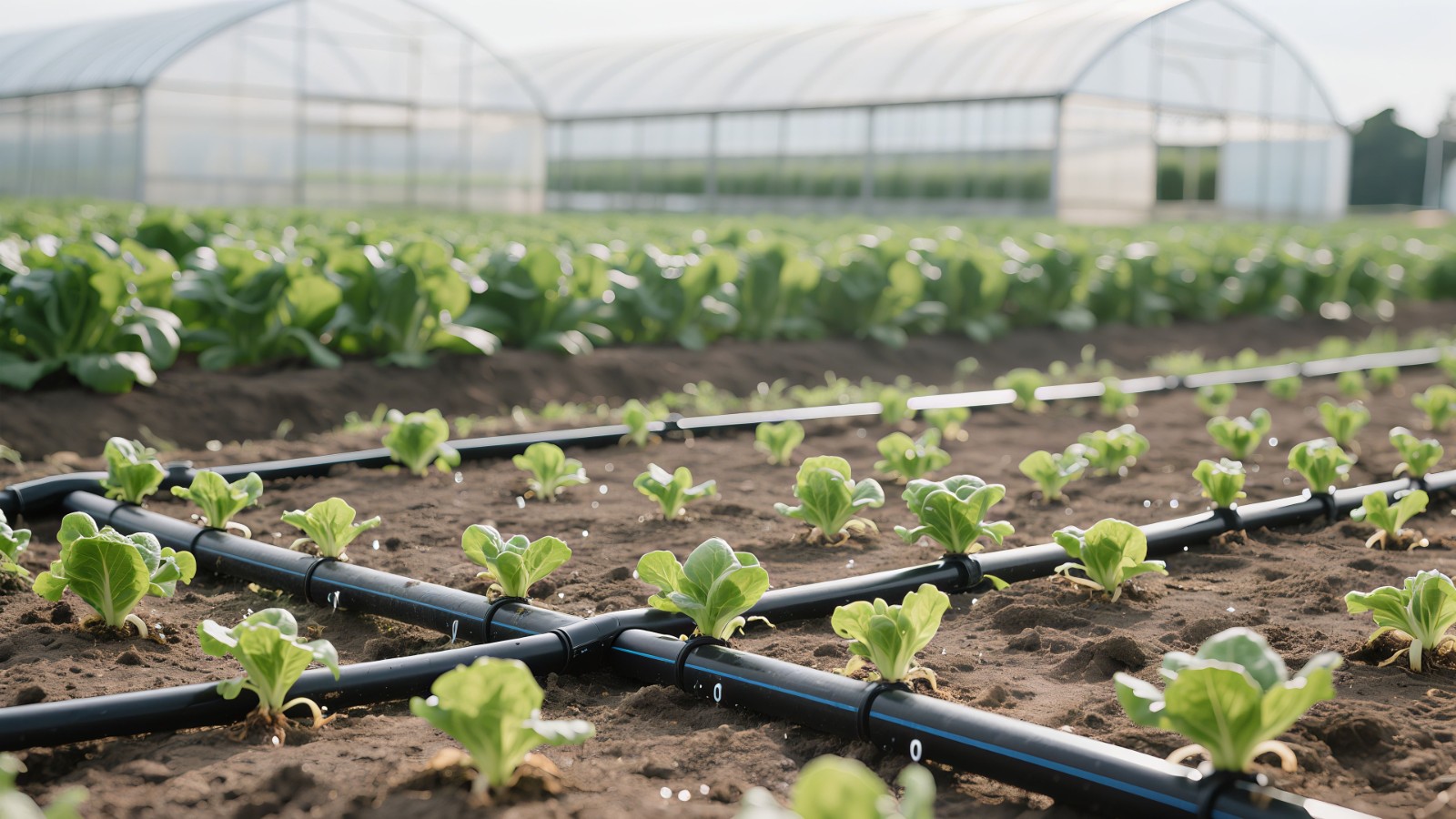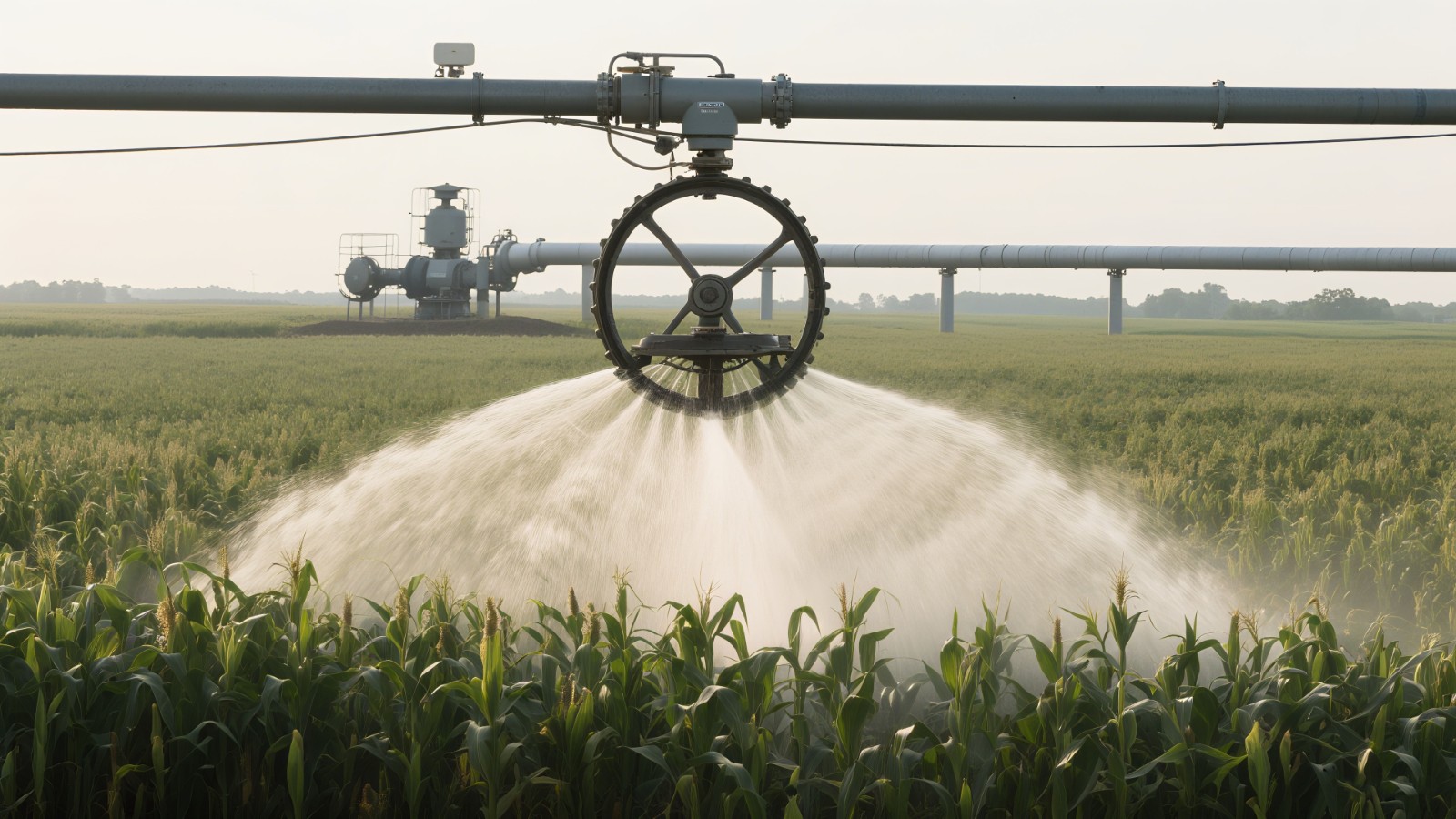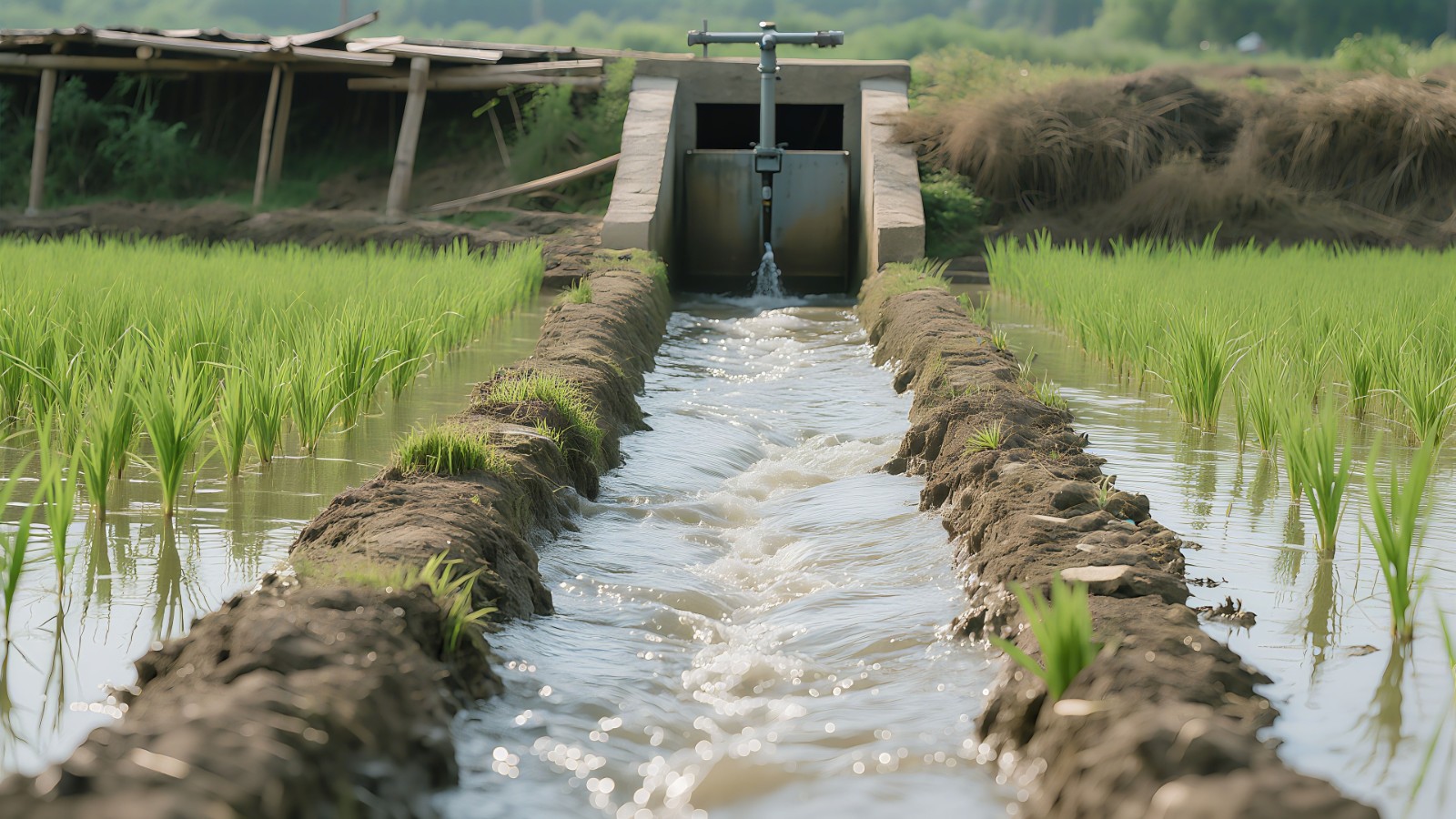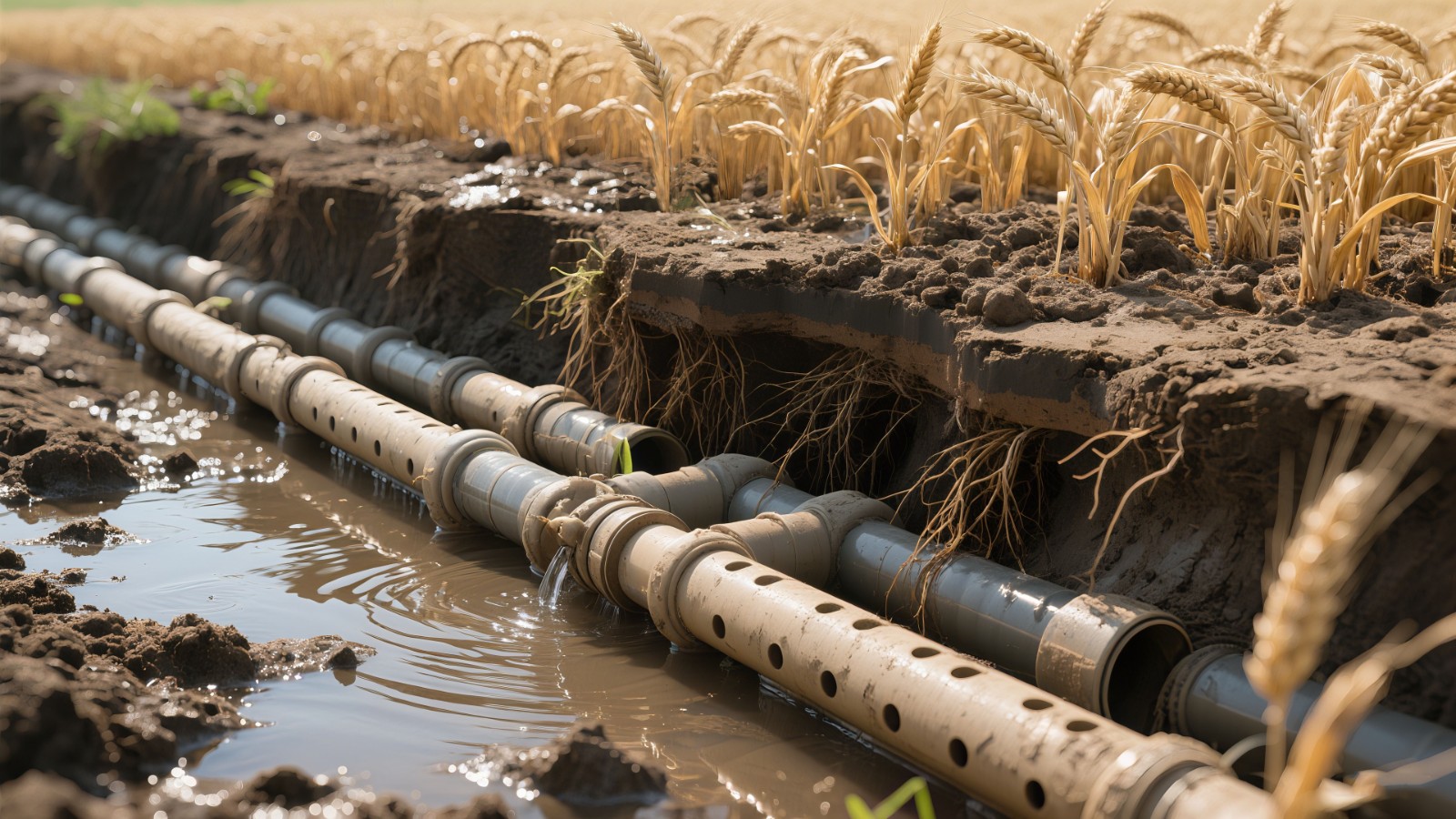The design of agricultural irrigation systems is often deeply tied to regional climate, crop types, and water resources. Thousands of years of practice have resulted in a variety of unique technical types, each with its own unique application scenarios and technical logic.
1. Surface Irrigation System: The Oldest "Go with the Flow" Method
As humanity's earliest irrigation method, surface irrigation relies entirely on gravity to move water across the surface. It includes flood irrigation, furrow irrigation, and border irrigation. Flood irrigation introduces water directly into the field, allowing it to flow freely over the ground. This method is suitable for water-intensive crops like rice fields, but it can lead to significant water waste. Furrow irrigation involves digging channels between crop rows, allowing water to seep into the root zone along the channels. It is commonly used for closely spaced crops like corn and cotton. Border irrigation divides the land into rectangular borders using ridges. Water flows in from the border head and permeates evenly, making it suitable for densely planted crops like wheat and vegetables. This system is low-cost and simple to operate, but requires land leveling and typically achieves a water utilization rate of only 40%-60%.
2. Sprinkler Irrigation System: The Wisdom of Simulating Natural Rainfall
Sprinkler irrigation uses a pump to pressurize water, which is then piped to sprinklers in the field. Sprinkler irrigation sprays the water evenly onto the crops, resembling artificial rainfall. Based on their mobility, sprinklers can be categorized as fixed (the sprinklers and pipes are fixed, suitable for large orchards), semi-fixed (the pipes are fixed, the sprinklers are movable, balancing efficiency and flexibility), and mobile (such as reel-type sprinklers and center pivot sprinklers, which can be moved around the field and are suitable for large, contiguous farmlands). Their advantages are that they are not restricted by terrain, distribute water evenly, and save 30%-50% more water than surface irrigation. However, they consume more energy and are prone to water drift in windy weather.
3. Drip Irrigation System: Precisely Nourishing Every Crop
Drip irrigation is currently the most water-efficient irrigation method. Using drippers or capillary tubes buried near the root system, water is continuously delivered to the roots in a droplet-like pattern. Water is directly absorbed by the roots, with virtually no loss through evaporation or seepage, resulting in a water utilization rate exceeding 90%. Based on the layout method, drip irrigation can be categorized as surface drip (tubes are laid on the surface for easy maintenance) or subsurface drip (tubes are buried in the soil, which does not interfere with cultivation and has a longer lifespan). It is particularly suitable for arid areas, high-value crops (such as grapes, strawberries, and greenhouse vegetables), and plots with complex terrain. However, it requires high water quality, a filtration system, and a high initial investment.
4. Micro-sprinkler Irrigation System: A Balance Between Sprinkler and Drip Irrigation
Micro-sprinkler irrigation combines the coverage of sprinkler irrigation with the precision of drip irrigation. Water is delivered to the field through low-pressure pipes, and micro-sprinklers spray fine droplets or mist streams. Compared to sprinkler irrigation, it operates at lower pressures and produces finer droplets, which reduces evaporation. Compared to drip irrigation, it offers a wider coverage area, simultaneously moistening the soil and air. It is suitable for crops such as fruit trees and flowers that require both root water and air humidity. In greenhouses, micro-sprinkler irrigation is also often used to regulate local microclimates.
5. Infiltration Irrigation: Awakening the Power of the Soil
Infiltration irrigation uses permeable pipes buried at a certain depth, allowing water to slowly seep into the soil and diffuse to the crop root zone through capillary action. This method does not disturb the surface, does not affect farming, and can reduce weed growth and water evaporation, making it suitable for field crops or orchards in arid areas. However, pipes are easily clogged by soil particles, resulting in high maintenance costs and a relatively limited application range.
6. Traditional Irrigation Systems: A Wisdom of Symbiosis with Nature
Through long-term agricultural practice, different civilizations have developed unique systems tailored to their respective regions. For example, the "Kanez" system in northwest China uses underground channels to channel mountain snowwater to oases, reducing evaporation along the way; "terraced field irrigation" in Southeast Asia uses multi-tiered terraces to form natural reservoirs, combined with ponds to recycle rainwater; and "tank irrigation," promoted by India's Aga Khan Rural Support Program, uses open-air tanks to collect rainwater and supply it to farmland during the dry season. These systems require no external energy, relying entirely on natural topography and water cycles, demonstrating the ecological wisdom of traditional agriculture.
Choosing between different irrigation systems is essentially a comprehensive trade-off between water resources, costs, and crop needs. From extensive flood irrigation to precise intelligent drip irrigation, behind these technological advancements lies humanity's unwavering pursuit of "producing the most food with the least amount of water."




Inquiry Now
If you have any questions or needs about the product, please fill in the following form and we wll contact you as soon as possible.